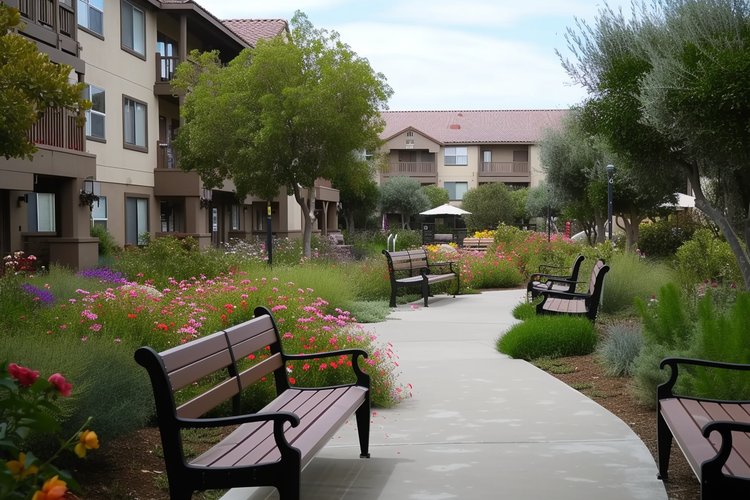Senior Housing Options: Independent Living Solutions
Finding suitable housing as a senior can be challenging, but numerous options exist to meet diverse needs and budgets. From independent living communities to subsidized housing programs, seniors have access to various residential solutions designed for their specific requirements. Understanding these options helps make informed decisions about housing choices that promote comfort, safety, and community engagement during retirement years.

Senior Housing Communities in Your Area
Senior housing communities offer specialized living arrangements designed for adults aged 55 and older. These communities typically feature age-restricted environments with amenities tailored to older adults’ preferences and needs. Many locations provide maintenance-free living, social activities, and healthcare services within walking distance. Independent living communities focus on active seniors who want to downsize while maintaining their autonomy and social connections.
Age-Restricted Communities Across the United States
Age-restricted housing developments have become increasingly popular throughout the United States, offering various housing types from condominiums to single-family homes. These communities must comply with federal Fair Housing Act provisions, typically requiring at least one resident to be 55 or older. Popular destinations include Florida, Arizona, and North Carolina, where favorable climates and lower living costs attract retirees. Many developments feature golf courses, fitness centers, and organized social activities.
Independent Living Housing Solutions
Independent living arrangements cater to seniors who can manage daily activities without assistance but prefer age-appropriate housing with convenient services. These facilities often include housekeeping, meal plans, transportation services, and emergency response systems. Residents maintain private apartments or homes while having access to community amenities and social opportunities. Independent living bridges the gap between traditional homeownership and assisted living facilities.
Subsidized Housing Programs for Seniors
Various government programs provide rental assistance specifically for senior citizens with limited incomes. The U.S. Department of Housing and Urban Development (HUD) offers several programs including Section 202 Supportive Housing for the Elderly and Housing Choice Vouchers. These programs help eligible seniors afford safe, decent housing in their communities. Local housing authorities administer many programs, and waiting lists are common due to high demand.
| Housing Type | Average Monthly Cost | Key Features |
|---|---|---|
| Independent Living Community | $2,500 - $4,500 | Maintenance-free, amenities, social activities |
| Age-Restricted Apartment | $1,200 - $2,800 | Age requirements, community features |
| Subsidized Senior Housing | $300 - $800 | Income-based rent, government assistance |
| Senior Condominiums | $1,500 - $3,500 | Ownership option, shared amenities |
Prices, rates, or cost estimates mentioned in this article are based on the latest available information but may change over time. Independent research is advised before making financial decisions.
Application Process and Requirements
Applying for senior housing typically involves completing detailed applications, providing financial documentation, and meeting age requirements. Many communities maintain waiting lists, especially for subsidized housing programs. Required documents often include proof of income, medical records, and references. Some facilities require health assessments or interviews to ensure appropriate placement. Starting the application process early is recommended, as approval and move-in can take several months.
Conclusion
Senior housing options provide valuable alternatives for older adults seeking appropriate living arrangements. From independent living communities to government-assisted programs, various solutions address different needs and financial situations. Researching local options, understanding costs, and planning ahead help ensure successful transitions to senior-friendly housing environments that support aging in place with dignity and community support.




